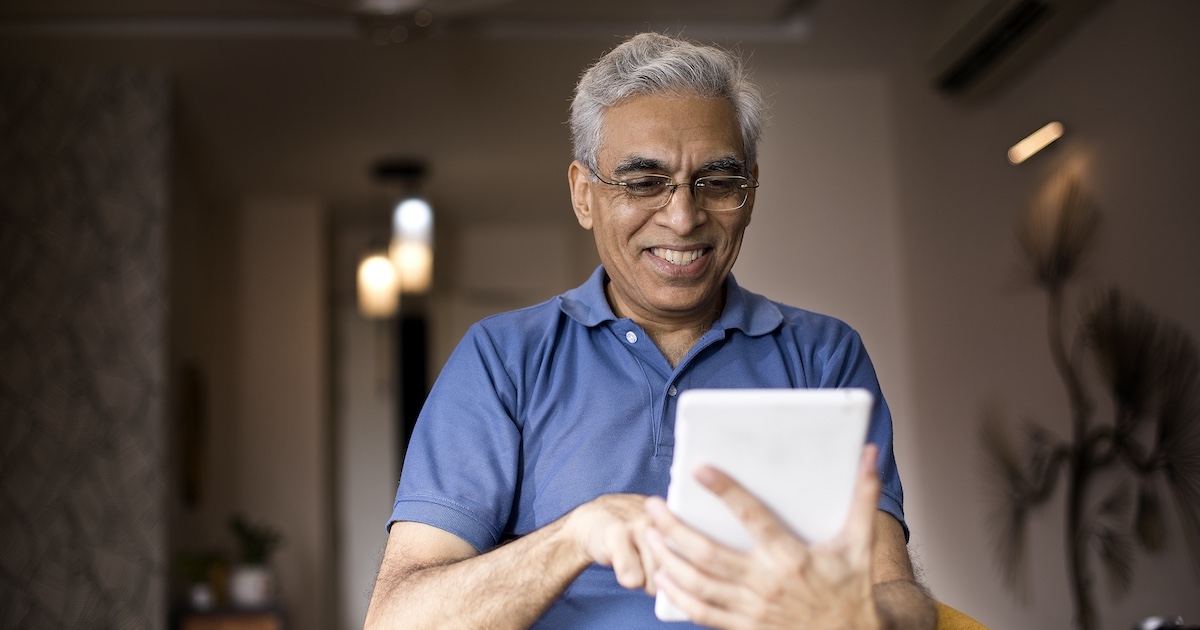 Google Glass may or may not be on its way to catching on with the consumer crowd, but, if nothing else, it shows that Google doesn't think consumers will have a problem wearing a computer on their head. As wearable health real estate goes, the head is a contentious spot for a sensor, but a number of companies are making a go for it. Brainwave sensors, like Emotiv, which has already raised $400,000 on Kickstarter, need to be on the head to function. Other sensors, like the activity-tracking swim goggles from Instabeat or the smart cycling helmet from LifeBEAM, are built into headgear that athletes are already used to wearing.
Google Glass may or may not be on its way to catching on with the consumer crowd, but, if nothing else, it shows that Google doesn't think consumers will have a problem wearing a computer on their head. As wearable health real estate goes, the head is a contentious spot for a sensor, but a number of companies are making a go for it. Brainwave sensors, like Emotiv, which has already raised $400,000 on Kickstarter, need to be on the head to function. Other sensors, like the activity-tracking swim goggles from Instabeat or the smart cycling helmet from LifeBEAM, are built into headgear that athletes are already used to wearing.
The jump in headband tracking is especially interesting in light of sleep tracking headband Zeo's failure to catch on. Successful crowdfunding campaigns prove that consumers are excited about a device that reads and responds to their brainwaves. But Zeo's story suggests that it may be harder than these companies think to translate that initial enthusiasm into sustained use and a robust market.
Nonetheless, a number of companies are making a go of it. When the dust clears from the fight for your wrist, your forehead could be the next big battleground. Here, in no particular order, are nine mobile health devices you can wear on your head.
EMOTIV INSIGHT from Emotiv

Emotiv has been on the brain tracking scene since 2003, but it's INSIGHT headband is a significant update from its first-generation Epoc device, at least in terms of design. The headset uses dry EEG sensors to detect the wearer's brain wave patterns.
"EMOTIV INSIGHT measures your brainwaves and translates it into meaningful data to help you make the most of your cognitive performance," the company writes on its Kickstarter page. "The neuroheadset can measure, track and help you improve your attention, focus, engagement, interest, excitement, affinity, relaxation and reduce stress levels."
The company says the headset can detect mental commands such as "push, pull, and rotate", and can use those commands to control remote control devices or virtual objects. The Bluetooth-connected headset has an SDK which will allow developers to program apps for computers as well as wireless devices.
Although the device could eventually be used as a mental input device, the initial use case at launch is more along the lines of a sensor for biofeedback. Early users will be able to download a free app that displays their EEG readings.
"Emotiv Insight offers you the tools you need to monitor your performance across a range of different situations and to optimize the way you go about your work and play," the Kickstarter FAQ explains. "Discover if classical music sharpens your performance, distracts you from your work or sends you to sleep. Learn how to approach business meetings to enhance your productivity. Set the thermostat so your creative juices can flow freely. Pick the best time of day for exercising, working, meditating or chilling out."
The company met its $100,000 funding goal in just over two hours on Kickstarter. (Correction: A previous version of this story said the company made its goal in two days.)
Melon

LA-based startup Melon, formerly Axio, also set a $100,000 crowdfunding goal for its headband EEG tracker -- and ended up with $290,000 by the end of the campaign. Melon relies on a partnership with another company, Neurosky, to develop the EEG sensors. Melon has three sensors compared to Emotiv's five. Its campaign also focused more than Emotiv's did on its mobile app, which includes learning algorithms to help the user deduce how different environmental factors affect their mental state. Notably, Melon's device was available to Kickstarter backers for just $100, half as much as Emotiv's initial price point.
Muse from InterAxon

A third crowdfunded brain-tracking headband, also due out at the end of this year, is Interaxon's Muse, which raised $287,000 on Indiegogo back in December 2012 and was subsequently on display at CES. The Toronto-based company is offering the device for pre-order for $200. It has four sensors and also connects to devices via Bluetooth. These three devices all seem to share a common market streategy: Start with biofeedback, in Muse's case a tablet and smartphone Integrated Brain Health system, and then develop the into a mental controller for apps and devices. The company has tested a number of applications, including a real life version of a brain-based game featured on an old episode of Star Trek: The Next Generation.
Mindwave Mobile from NeuroSky
 Neurosky, which makes the sensors for Melon, also manufactures its own hardware devices. It's newest, the Mindwave Mobile, uses Bluetooth to connect to Android and iOS devices. Mindwave Mobile is positioned as a game controller moreso than the other startups, and is bundled with MyndPlay, a movie viewing application that lets the viewer choose different scenes and outcomes of a film by focusing on particular things, according to the company.
Neurosky, which makes the sensors for Melon, also manufactures its own hardware devices. It's newest, the Mindwave Mobile, uses Bluetooth to connect to Android and iOS devices. Mindwave Mobile is positioned as a game controller moreso than the other startups, and is bundled with MyndPlay, a movie viewing application that lets the viewer choose different scenes and outcomes of a film by focusing on particular things, according to the company.
Instabeat

Lebanese startup Instabeat put its heart rate and activity tracker on the head, not because it reads brain waves, but because competitive swimmers didn't want to wear anything on their bodies that might create drag. The head is safe though, as that's where many swimmers would wear goggles anyway. Instabeat was designed to fit into an existing pair of goggles and create minimal resistance. As an added bonus, the device is able to use colored lights to convey to swimmers whether they're in their target heart rate on the go via a heads up display. The company raised $56,000 on Indiegogo this year and plans to ship its first units in November.
SMART Cycling Helmet from LifeBEAM

While swimmers wear goggles, cyclists wear helmets, and LifeBEAM saw helmets as a natural place to put sensors. The SMART helmet optically reads the wearer's pulse from their forehead and transmits that data, as well as movement data from a 3-axis accelerometer, to a smartphone, computer, or cycling computer. Tel Aviv, Israel-based LifeBEAM raised $64,000 on Indiegogo and is taking pre-orders at $200. The company also manufactures a headband with a heart rate sensor built in.
CheckLight from MC10 and Reebok

Meanwhile, Cambridge-based MC10 is focusing on any number of other helmet-wearing athletes beyond cyclists. Rather than make a smart helmet, MC10, partnered with Reebok to create a mesh helmet insert called the CheckLight, which detects when an athlete suffers a blow to the head. An indicator light on the back of the neck shines yellow, red, or green depending on the severity of the impact. This will allow athletes to be checked on and treated right away for potential head injuries.
iRiver On from Valencell

What else do people wear on their heads already, that a company could build health sensors into? Earbuds. That's the plan from Best Buy-backed Valencell, which finally announced at CES in January that it had integrated its PerformTek sensors into a Bluetooth headset, from Korean audio company iRiver. The sensors measure heart rate, running cadence, speed, distance, calories burned, and oxygen uptake. Last week, the company announced that the device is available for purchase in Korea and Japan, although it's not saying when it will come to North America. It's selling for 199,000 won, or about $180 US.
Spree from Spree Sports

It's important to note that not every crowdfunded, head-worn tracker is an overnight success. The Spree headband, which debuted at CES and promised to add temperature tracking to the standard retinue of motion and heart rate tracking, only managed to raise less than $2,000 of a $100,000 goal. Nonetheless, the company seems to be going through with the device, which can be reserved on their website.


